Lloyds says Hello to Windows biometrics
Pilot will use facial or fingerprint recognition to log into online banking
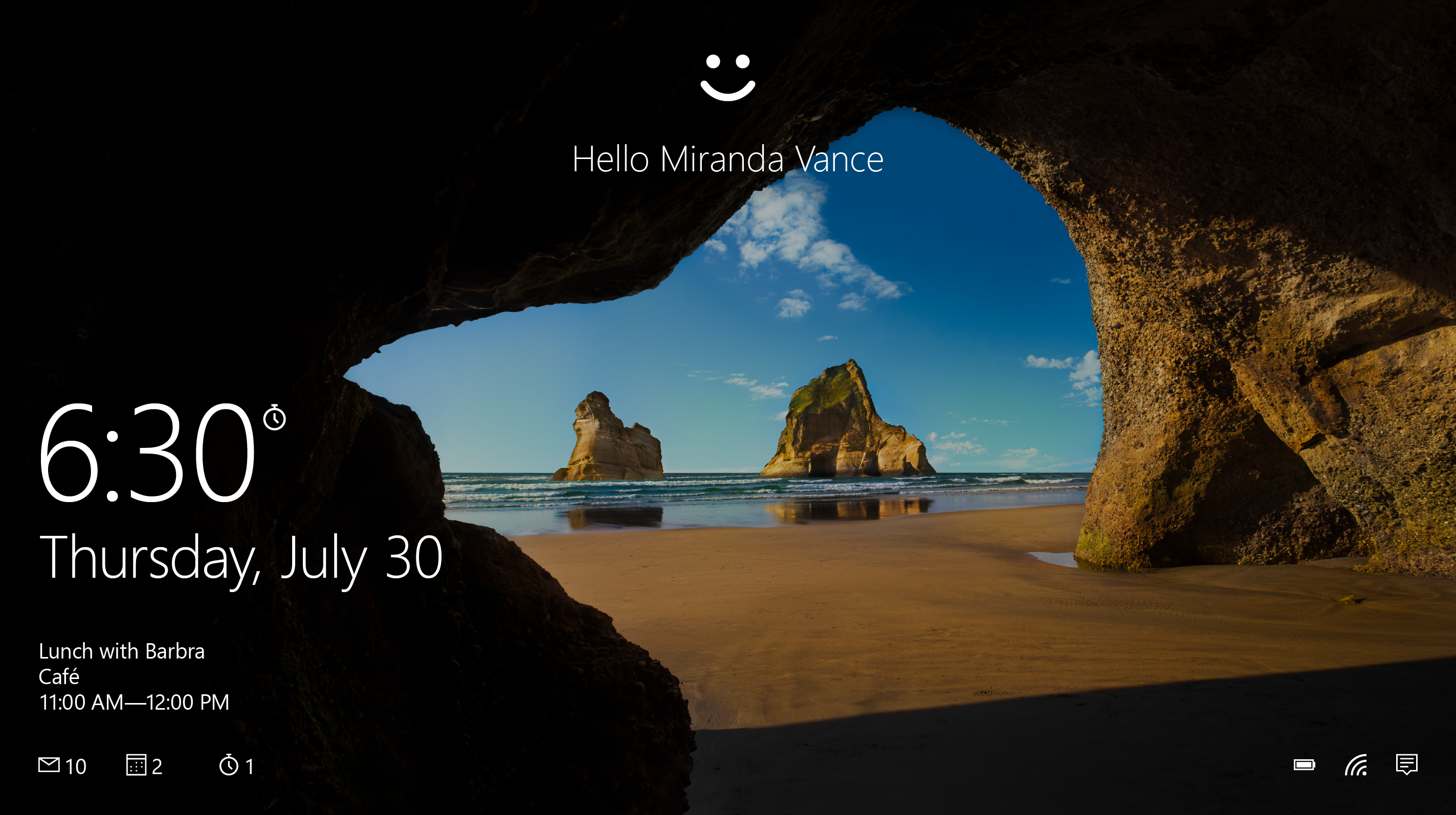

Lloyds Bank is to trial biometric authentication for online banking services, using Microsoft's Windows Hello.
The bank will test biometric authentication for customers logging into their Lloyds, Halifax and Bank of Scotland web banking sites with Windows Hello on Windows 10 devices, to enable customers to access banking services using fingerprint or facial recognition software, instead of typing in a password.
The pilot will run in the second half of this year.
It will use inbuilt infrared cameras on Windows 10 devices to identify faces, so customers can be recognised in a variety of lighting conditions. This uses a data representation of a face, not an image Lloyds Bank said this would prevent access via an impersonator using a photograph.
"This Lloyds Banking Group pilot marks another significant step towards an era of more personal computing," said Ryan Asdourian, Microsoft UK's Windows and devices lead.
"With more than 400 million active users of Windows 10 able to take advantage of Windows Hello, it's great to see a major financial services institution looking at how it can apply this technology to transform the customer experience.
"Windows Hello enables users to log in to a Windows device in less than two seconds and this use of advanced biometric technology will provide Lloyds Banking Group customers with a more seamless and frictionless experience without compromising security."
Get the ITPro daily newsletter
Sign up today and you will receive a free copy of our Future Focus 2025 report - the leading guidance on AI, cybersecurity and other IT challenges as per 700+ senior executives
Gill Wylie, COO of group digital & transformation at Lloyds Banking Group, said: "With customer experience and security at the forefront of our minds, we are keen to run this pilot to explore the new functionality Windows Hello could give our customers."
Customers will still be able to use passwords if they desire, said the bank. It added that customers can opt out of using Windows Hello at any time.
It comes after HSBC announced it would roll out voice recognition technology to 15 million customers over the summer of 2016, while it allowed users to link their Apple ID fingerprint technology to their bank accounts via mobile banking. Santander launched SmartBank last spring to allow customers to ask questions about their spending.
Rene Millman is a freelance writer and broadcaster who covers cybersecurity, AI, IoT, and the cloud. He also works as a contributing analyst at GigaOm and has previously worked as an analyst for Gartner covering the infrastructure market. He has made numerous television appearances to give his views and expertise on technology trends and companies that affect and shape our lives. You can follow Rene Millman on Twitter.
-
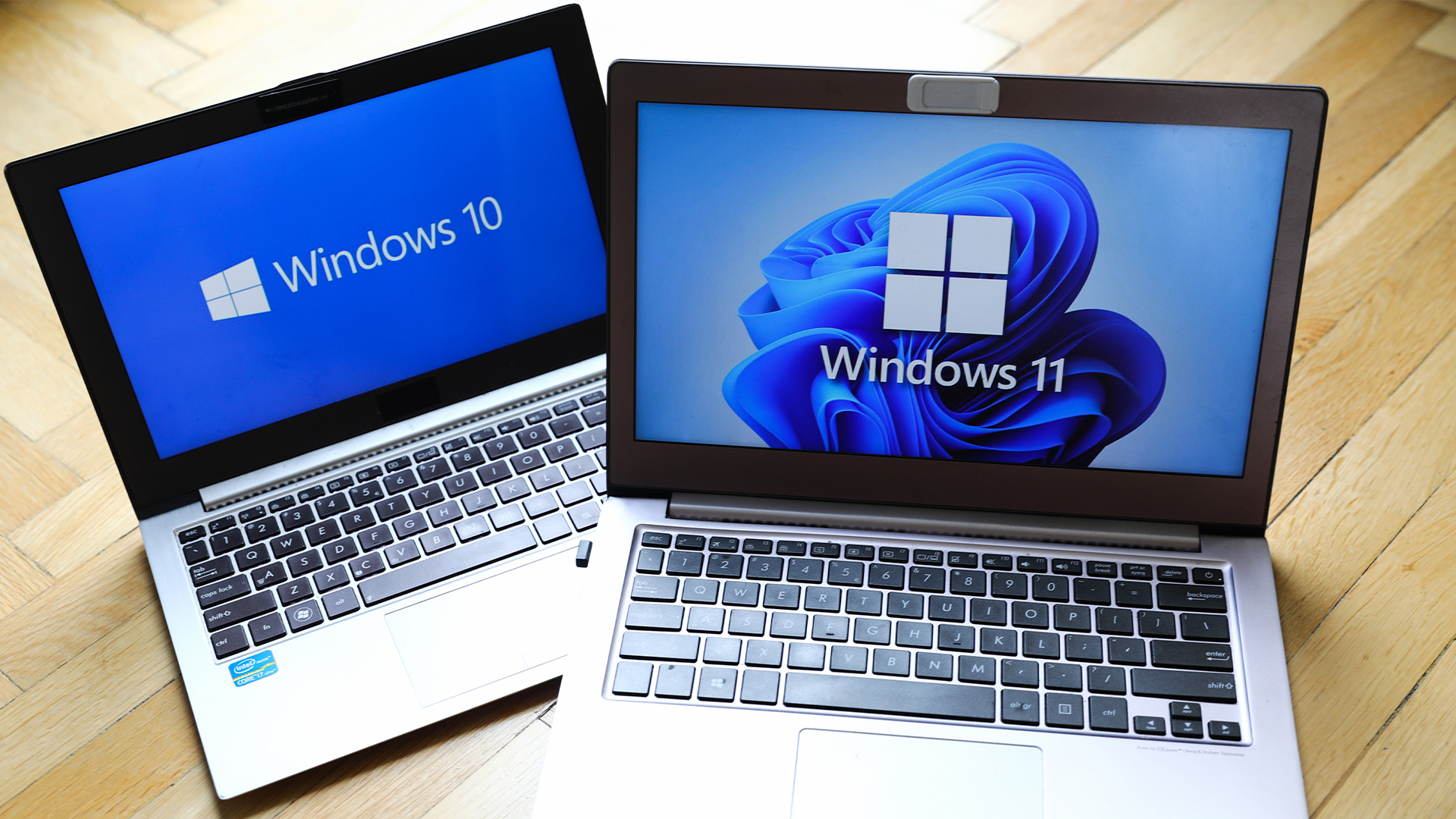 Dragging your feet on Windows 11 migration? Rising infostealer threats might change that
Dragging your feet on Windows 11 migration? Rising infostealer threats might change thatNews With the clock ticking down to the Windows 10 end of life deadline in October, organizations are dragging their feet on Windows 11 migration – and leaving their devices vulnerable as a result.
By Emma Woollacott
-
 Recall arrives for Intel and AMD devices after months of controversy
Recall arrives for Intel and AMD devices after months of controversyNews Microsoft's Recall feature is now available in preview for customers using AMD and Intel devices.
By Nicole Kobie
-
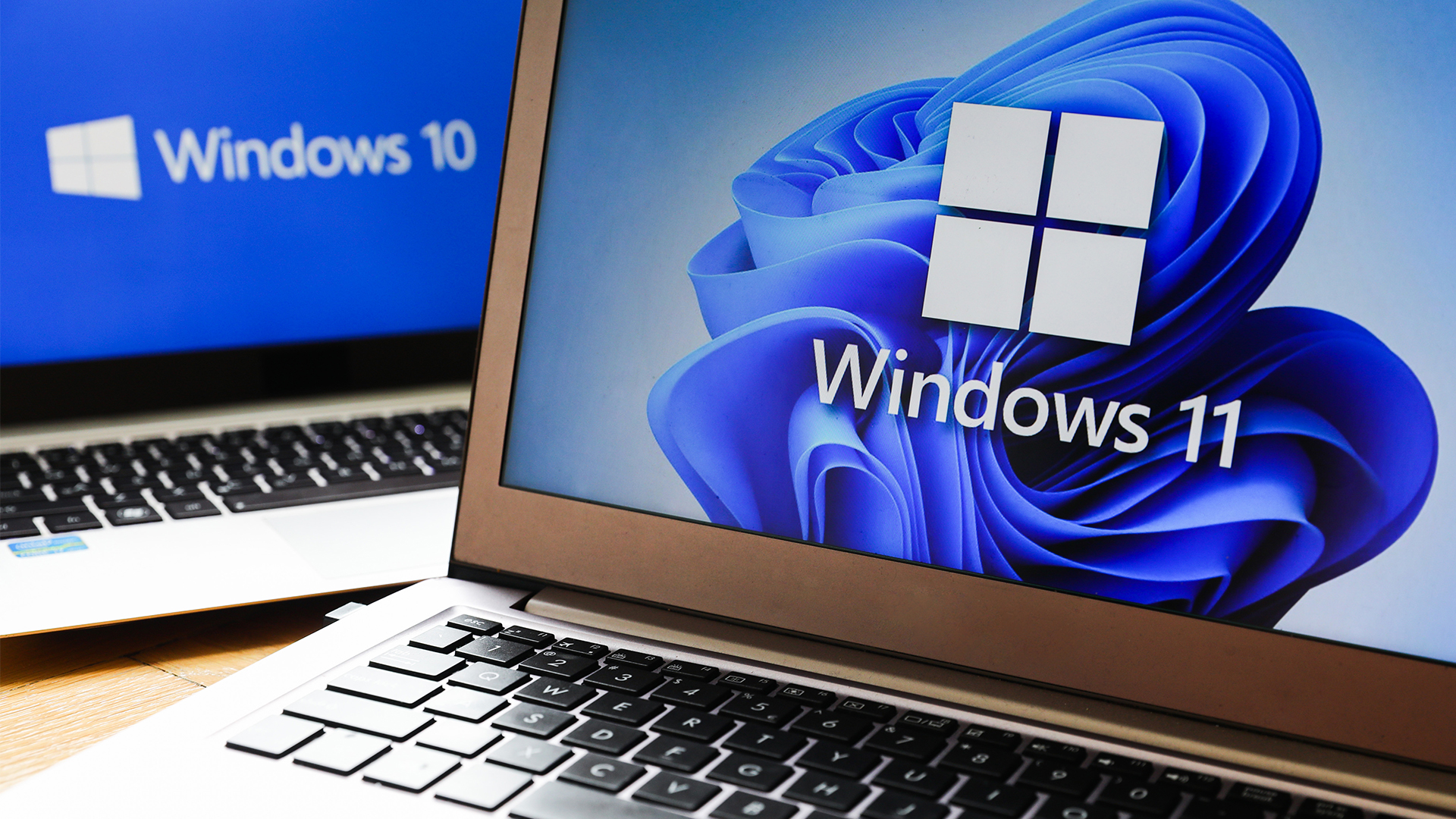 With one year to go until Windows 10 end of life, here’s what businesses should do to prepare
With one year to go until Windows 10 end of life, here’s what businesses should do to prepareNews IT teams need to migrate soon or risk a plethora of security and sustainability issues
By George Fitzmaurice
-
 Microsoft is doubling down on Widows Recall, adding new security and privacy features – will this help woo hesitant enterprise users?
Microsoft is doubling down on Widows Recall, adding new security and privacy features – will this help woo hesitant enterprise users?News The controversial AI-powered snapshotting tool can be uninstalled, Microsoft says
By Nicole Kobie
-
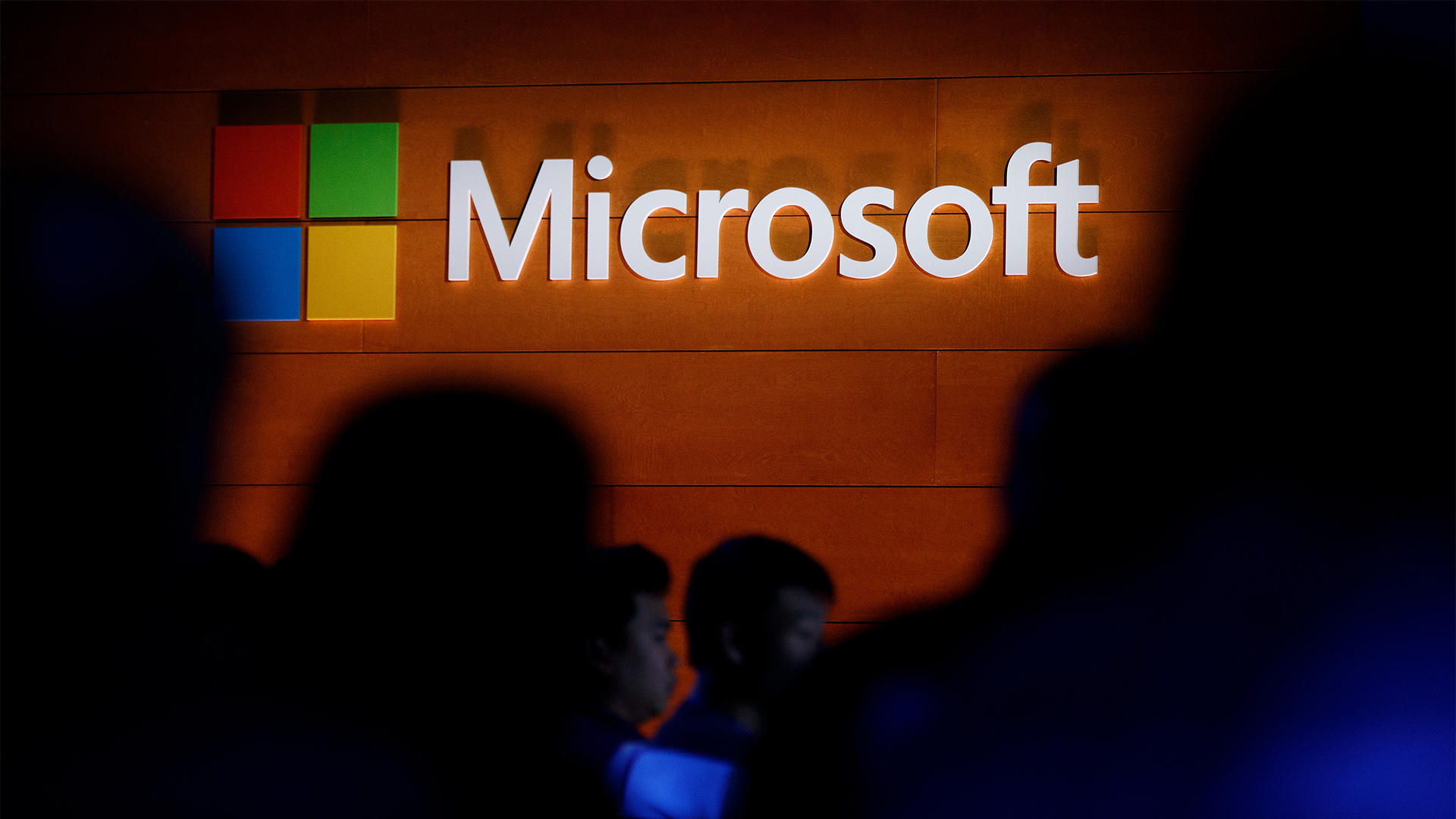 Microsoft patches rollback flaw in Windows 10
Microsoft patches rollback flaw in Windows 10News Patch Tuesday includes protection for a Windows 10 "downgrade" style attack after first being spotted in August
By Nicole Kobie
-
 Companies “wary” of Windows 11 migration challenges as Windows 10 EOL draws closer
Companies “wary” of Windows 11 migration challenges as Windows 10 EOL draws closerNews A recent study shows that only a fraction are running Windows 11, despite a rapidly-approaching end of life deadline
By George Fitzmaurice
-
 New Windows vulnerability could repeatedly trigger the blue screen of death on millions of devices
New Windows vulnerability could repeatedly trigger the blue screen of death on millions of devicesNews Attackers could exploit the Windows vulnerability to repeatedly crash machines and trigger a blue screen of death, according to researchers at Fortra
By Solomon Klappholz
-
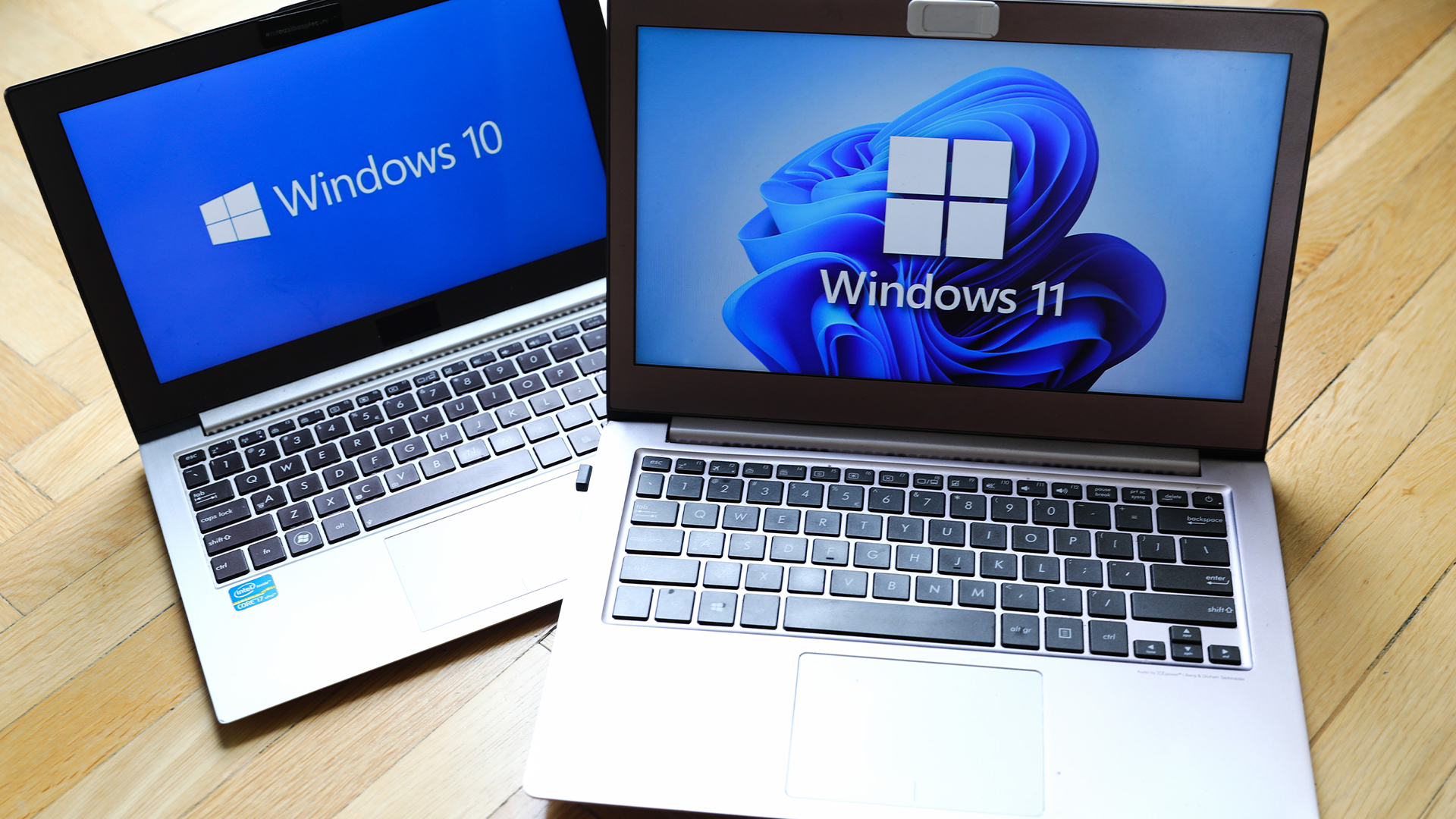 Here’s how much Windows 10 could cost if you don’t upgrade this year
Here’s how much Windows 10 could cost if you don’t upgrade this yearNews Windows 10 extended security updates will cost users dearly, with prices rising incrementally each year.
By George Fitzmaurice

